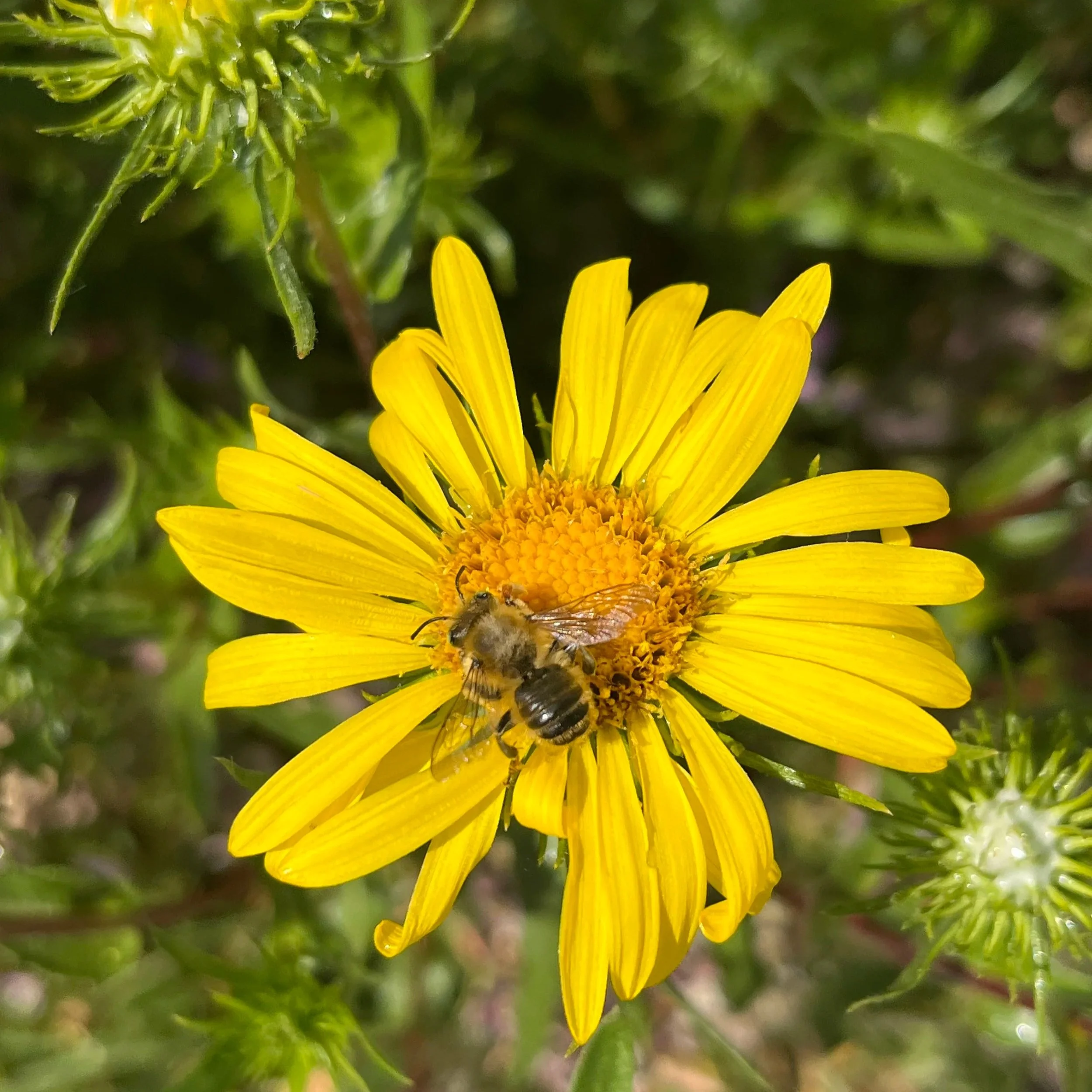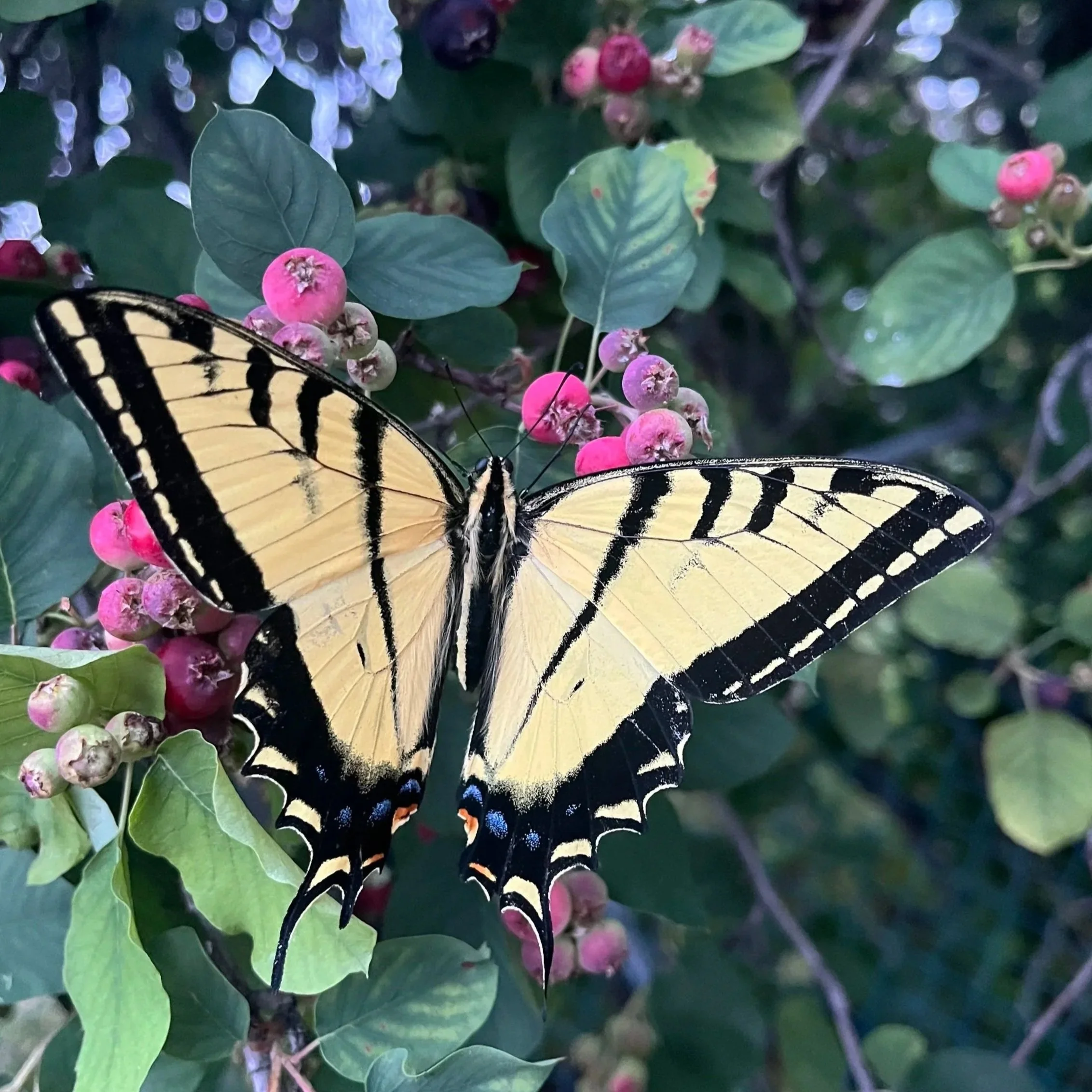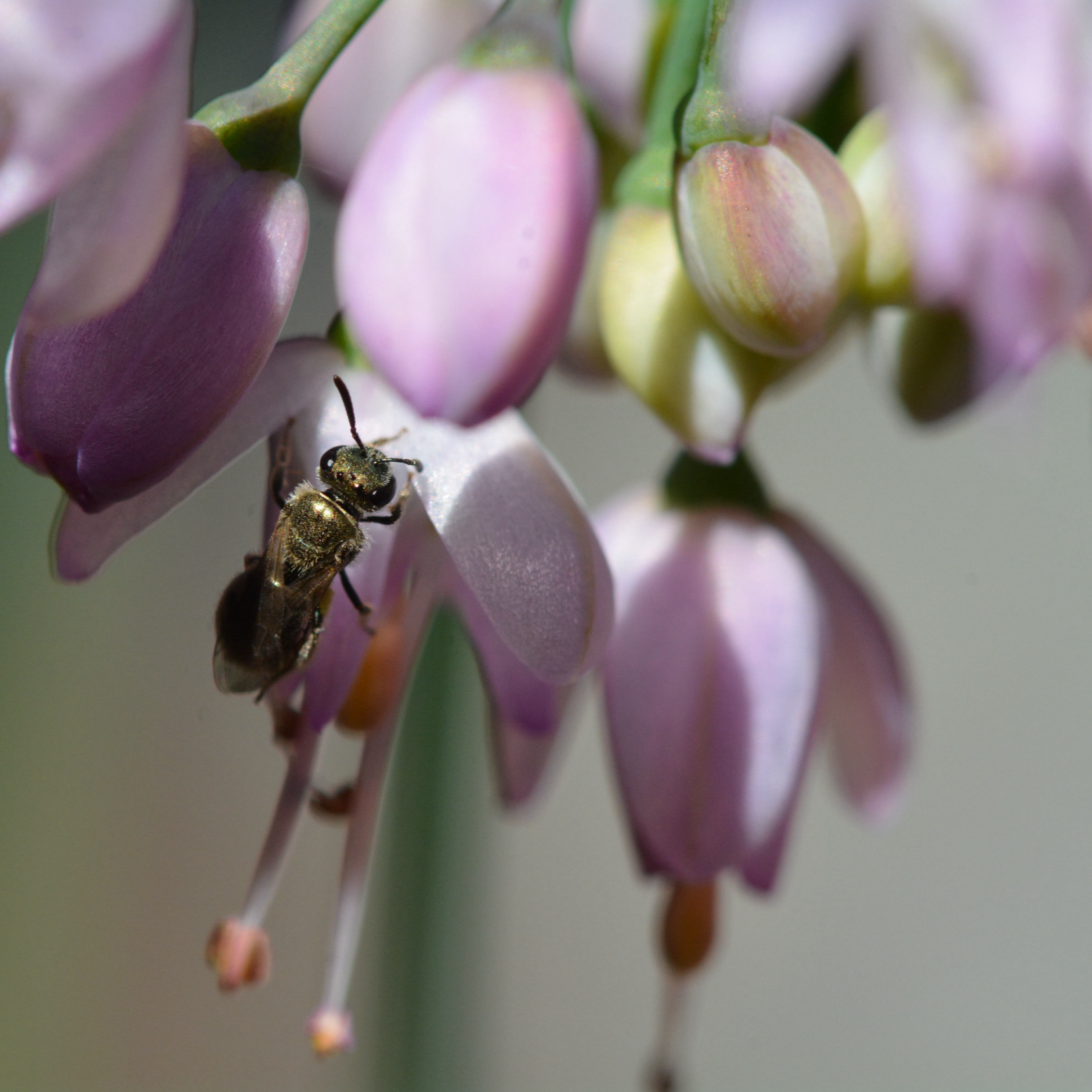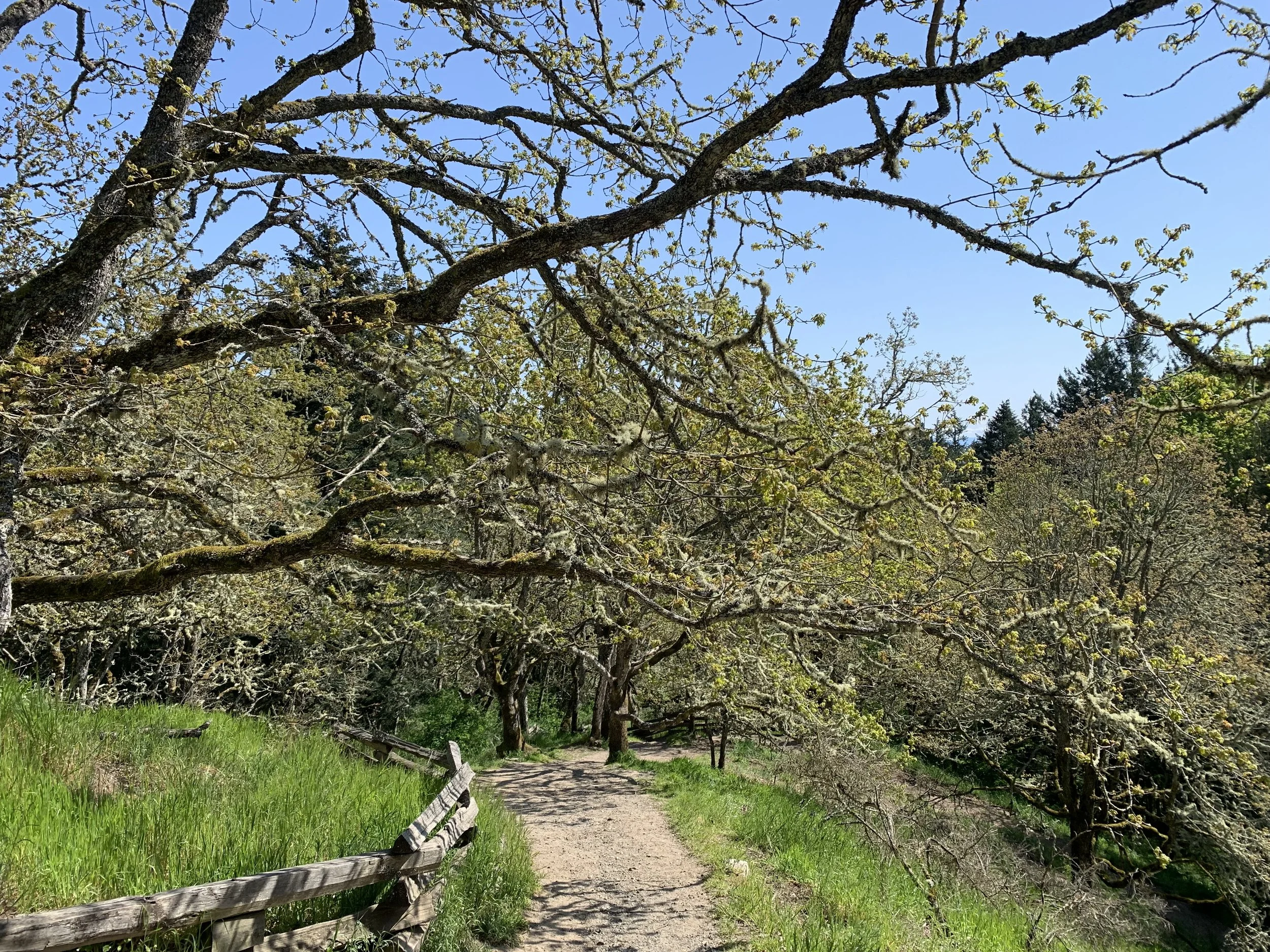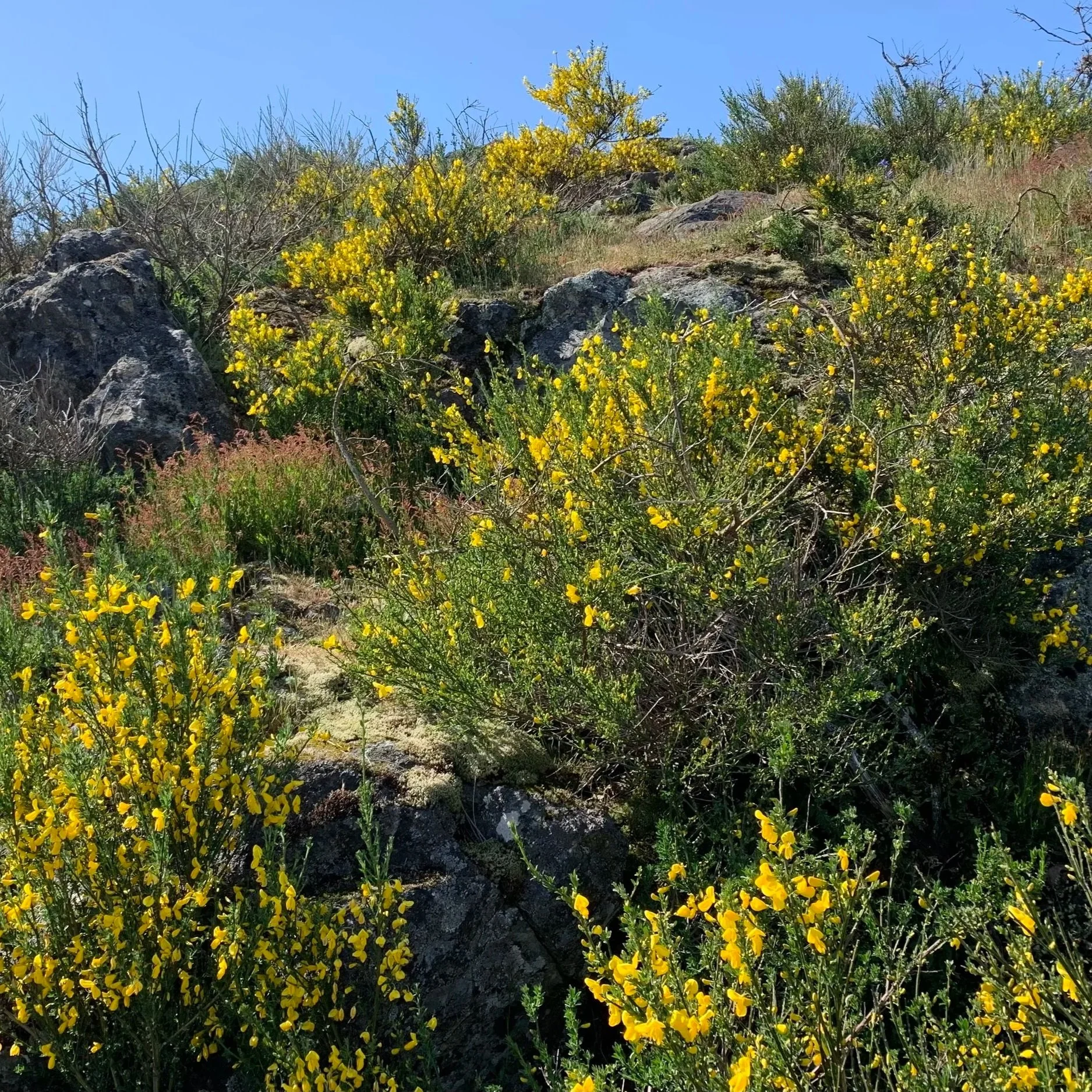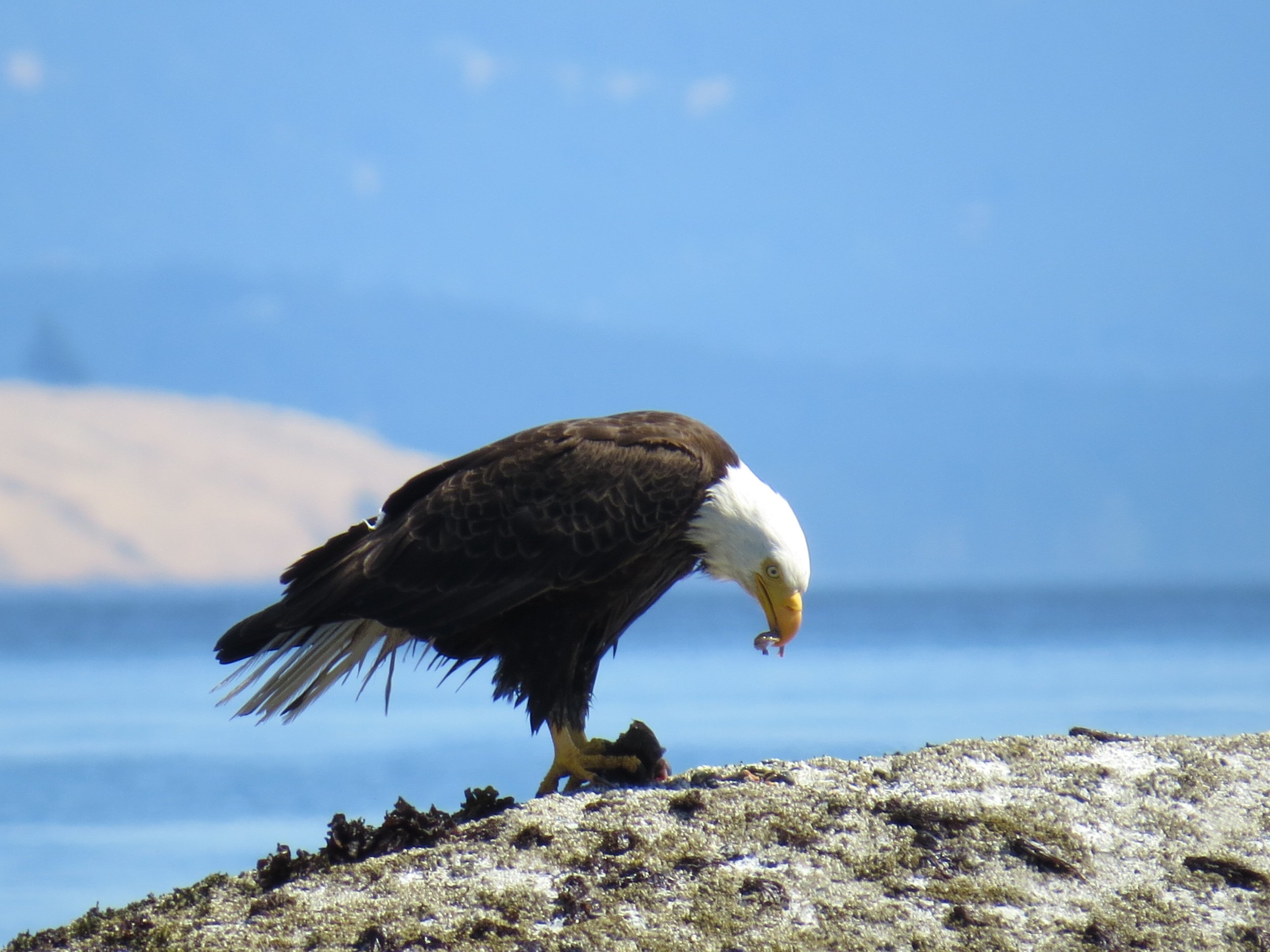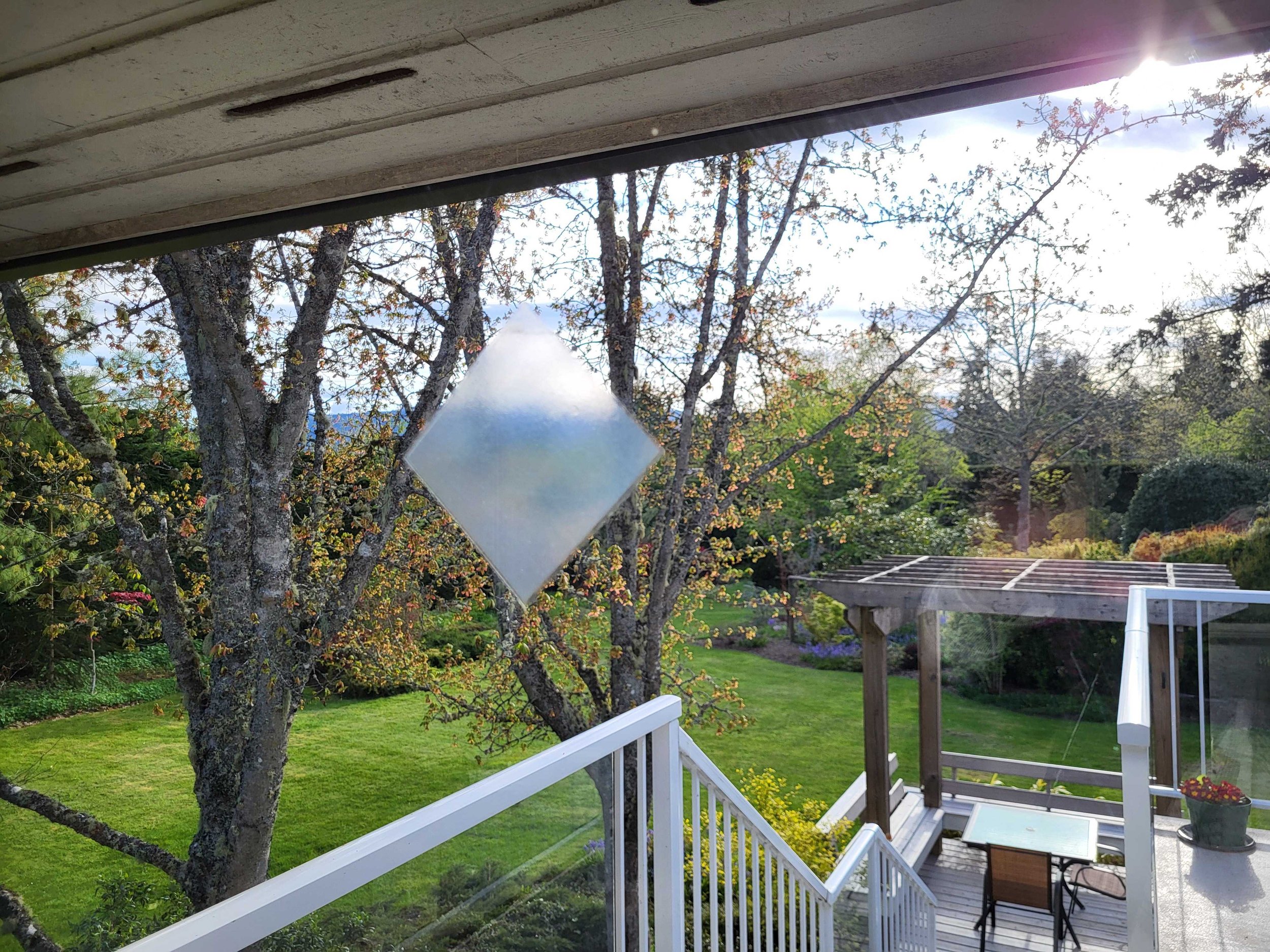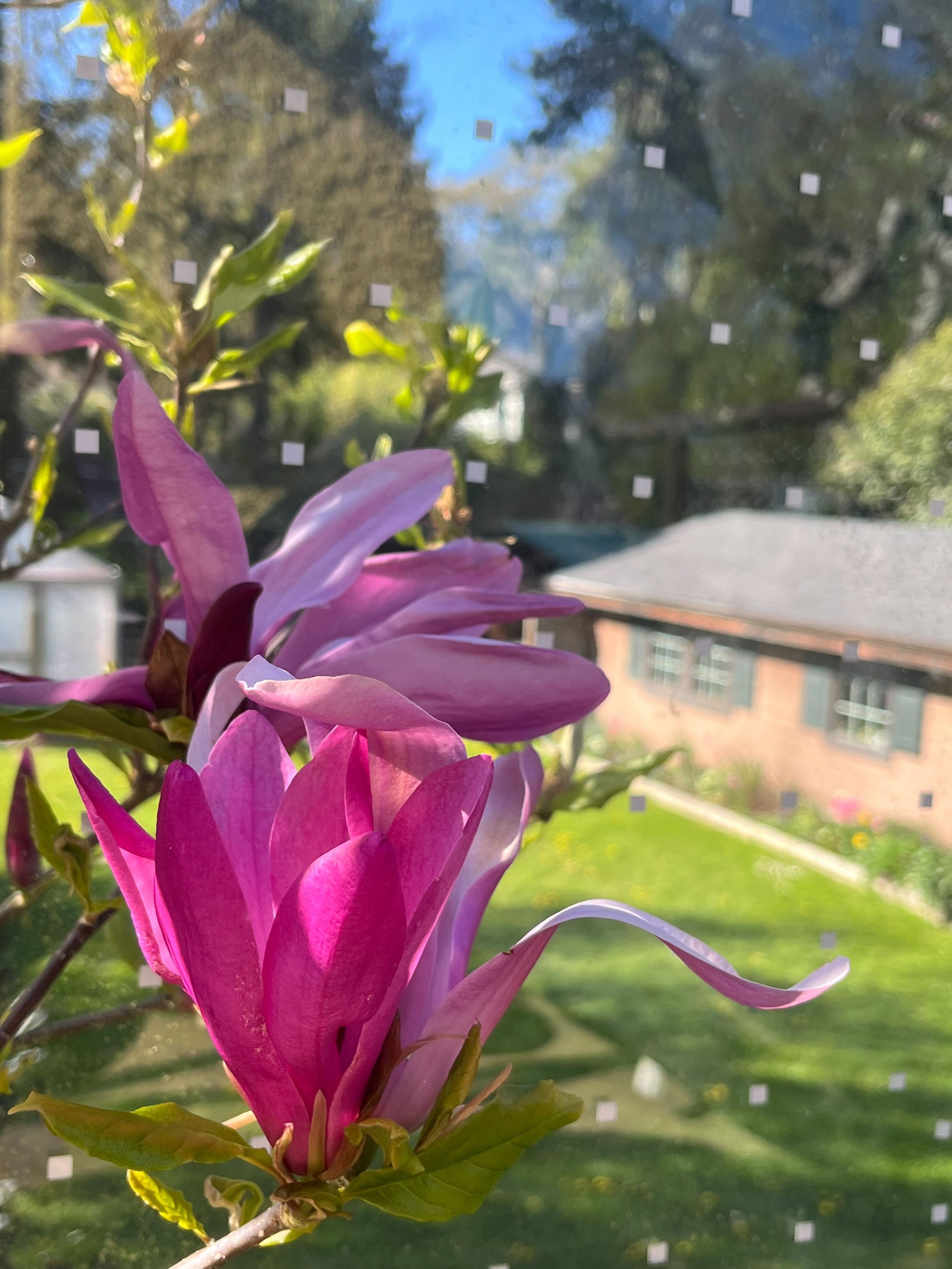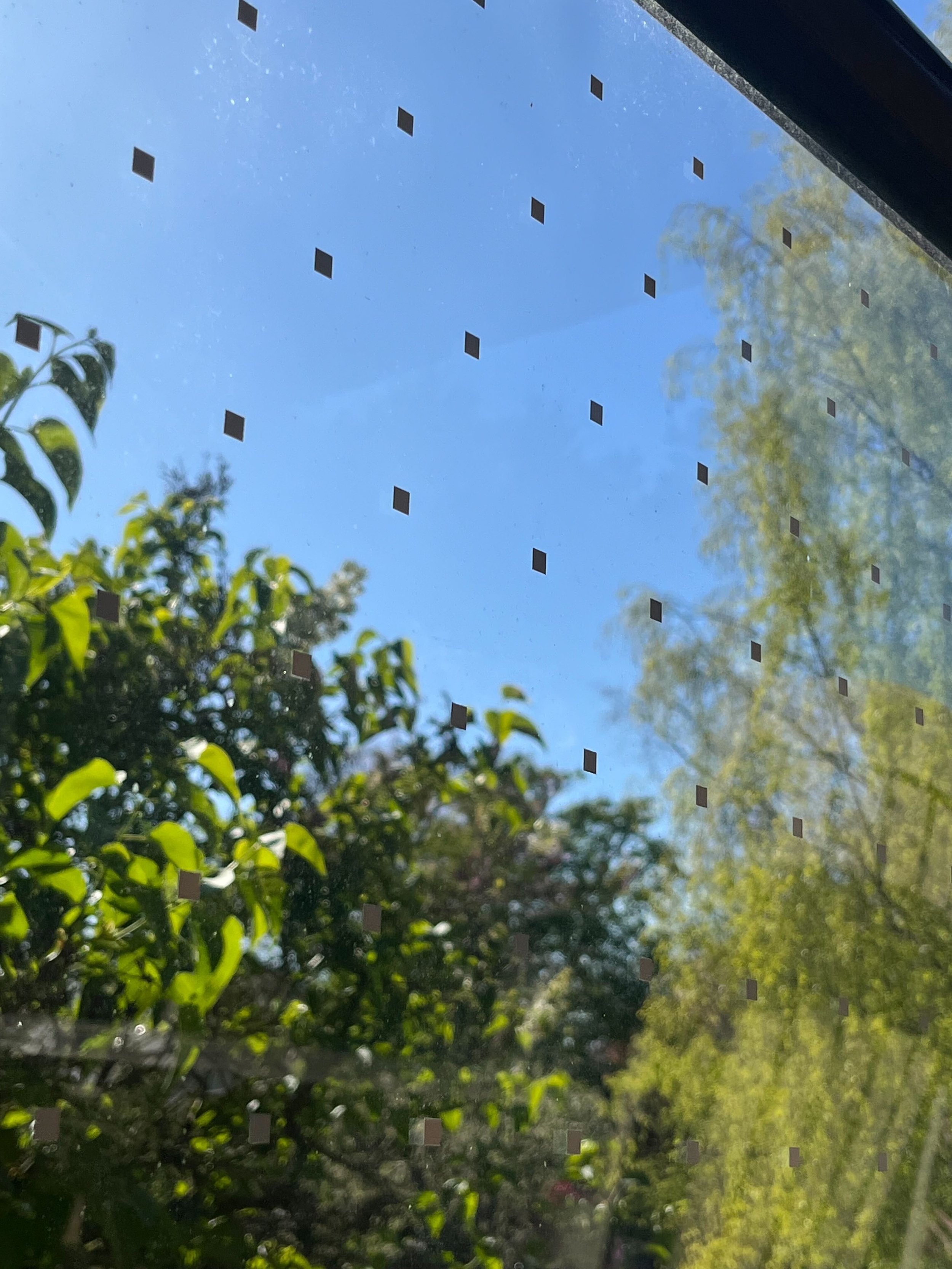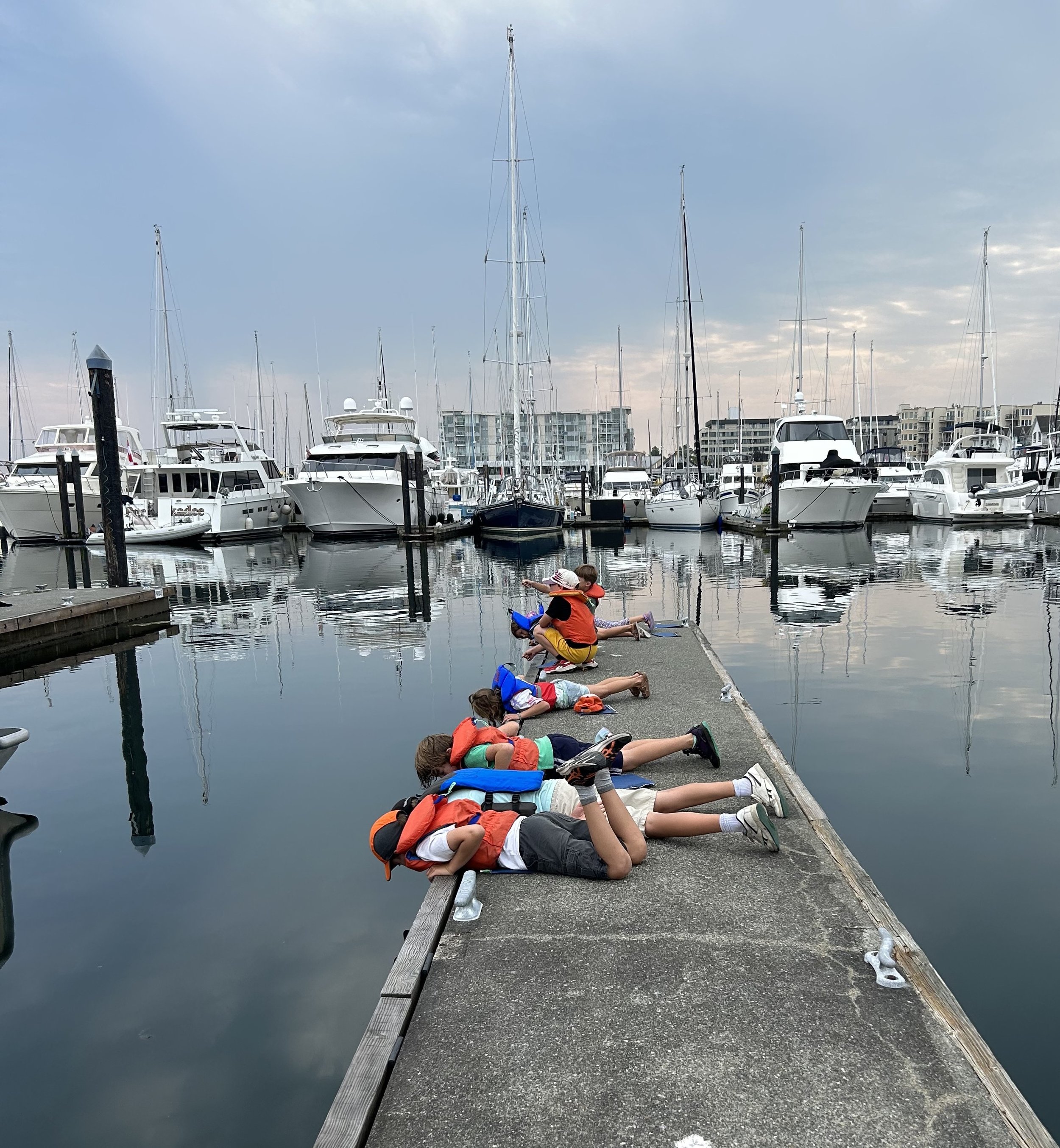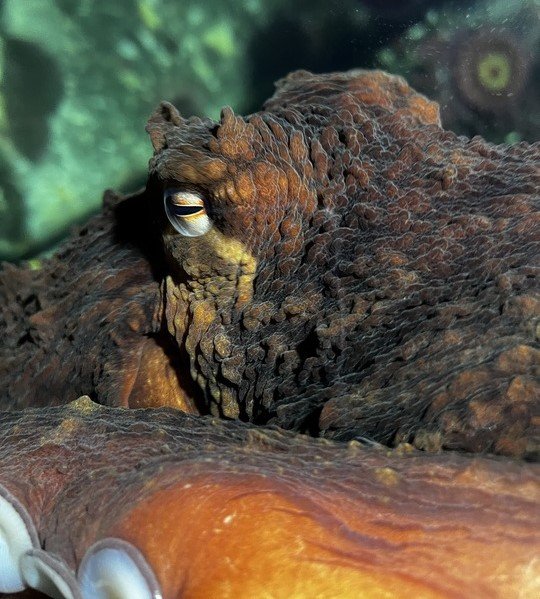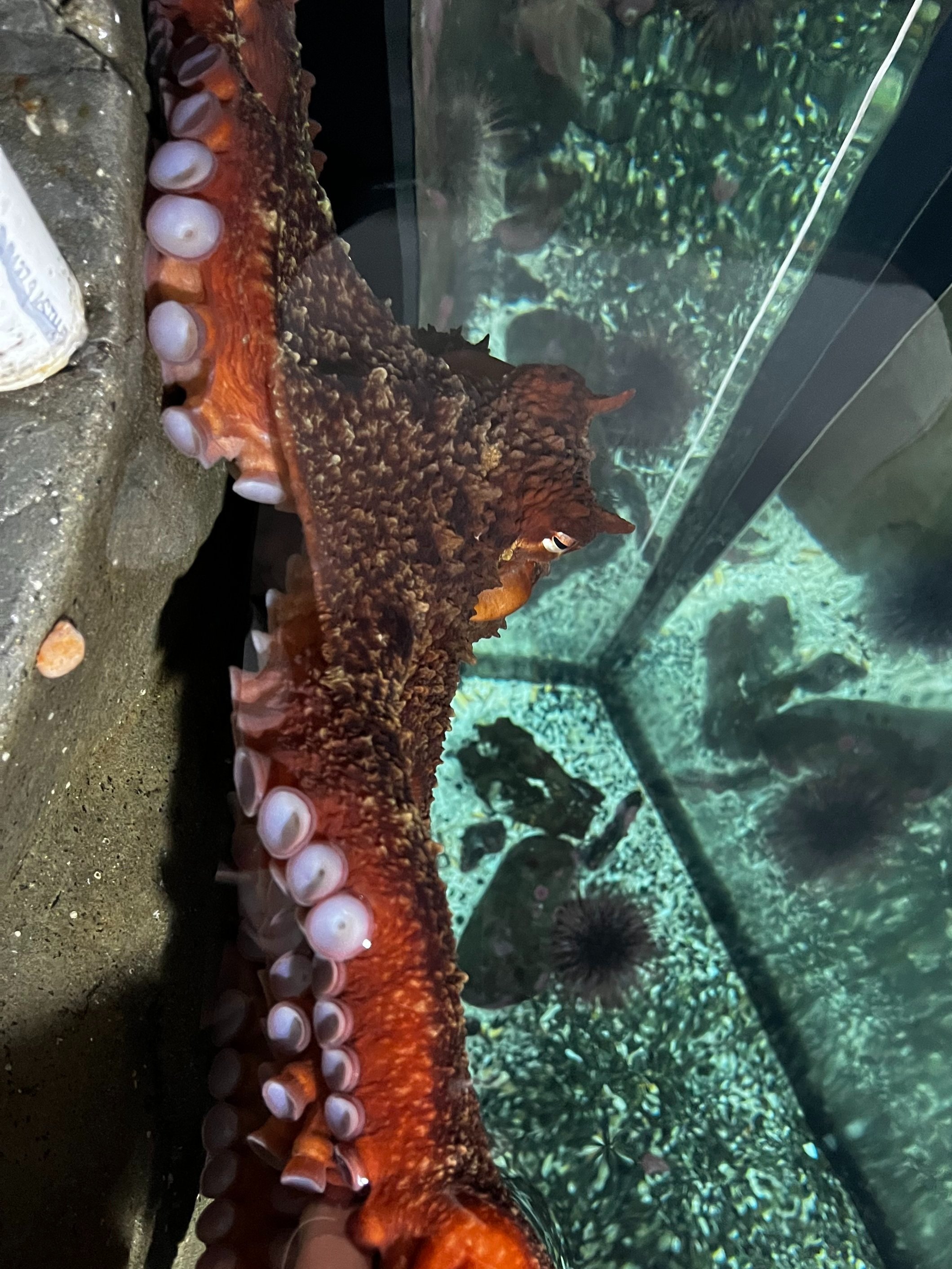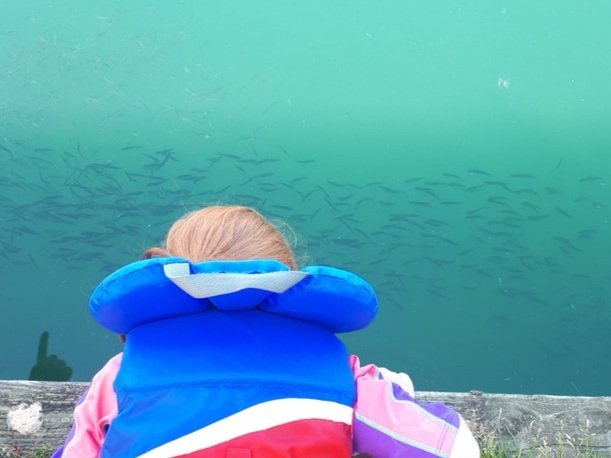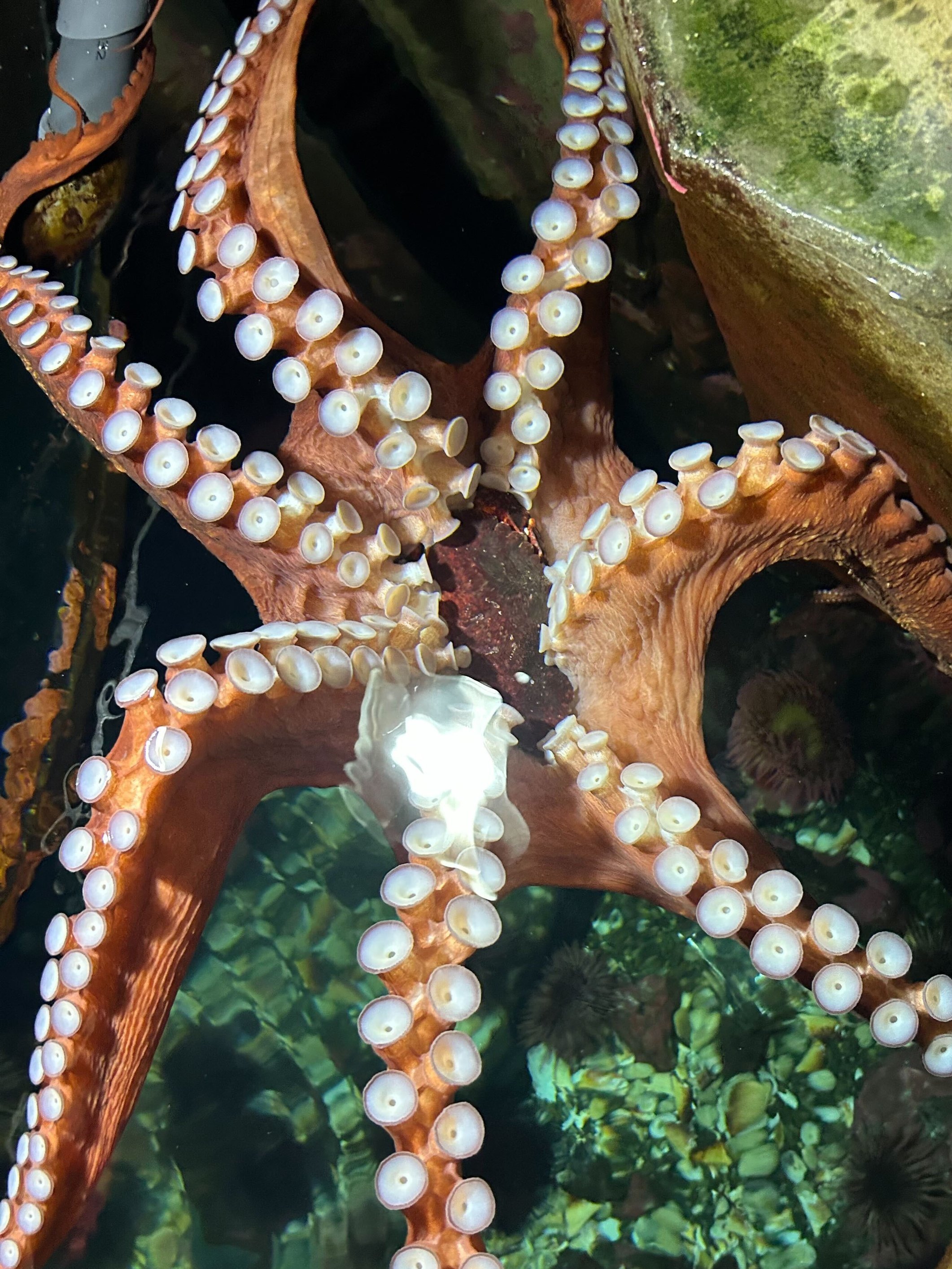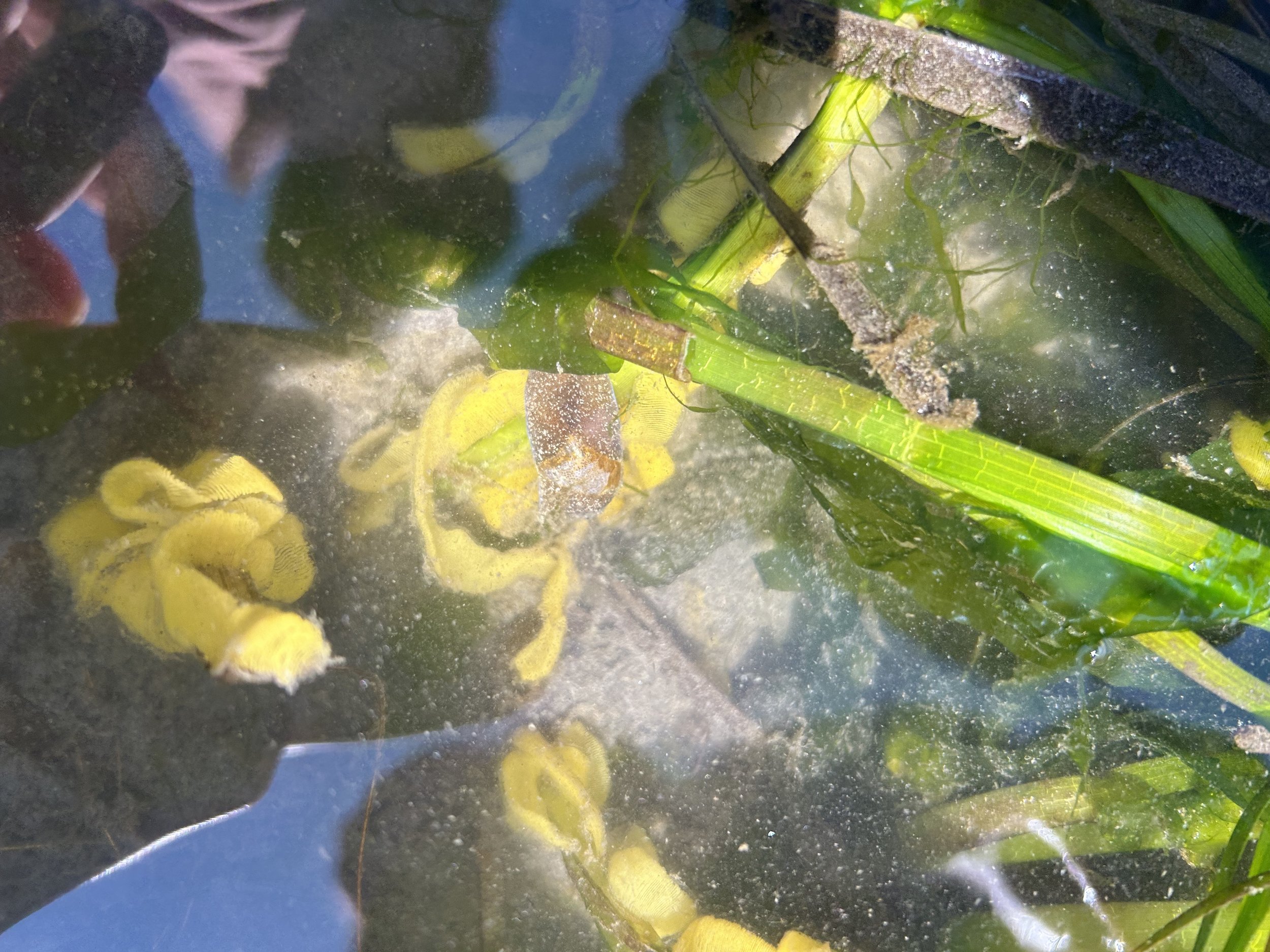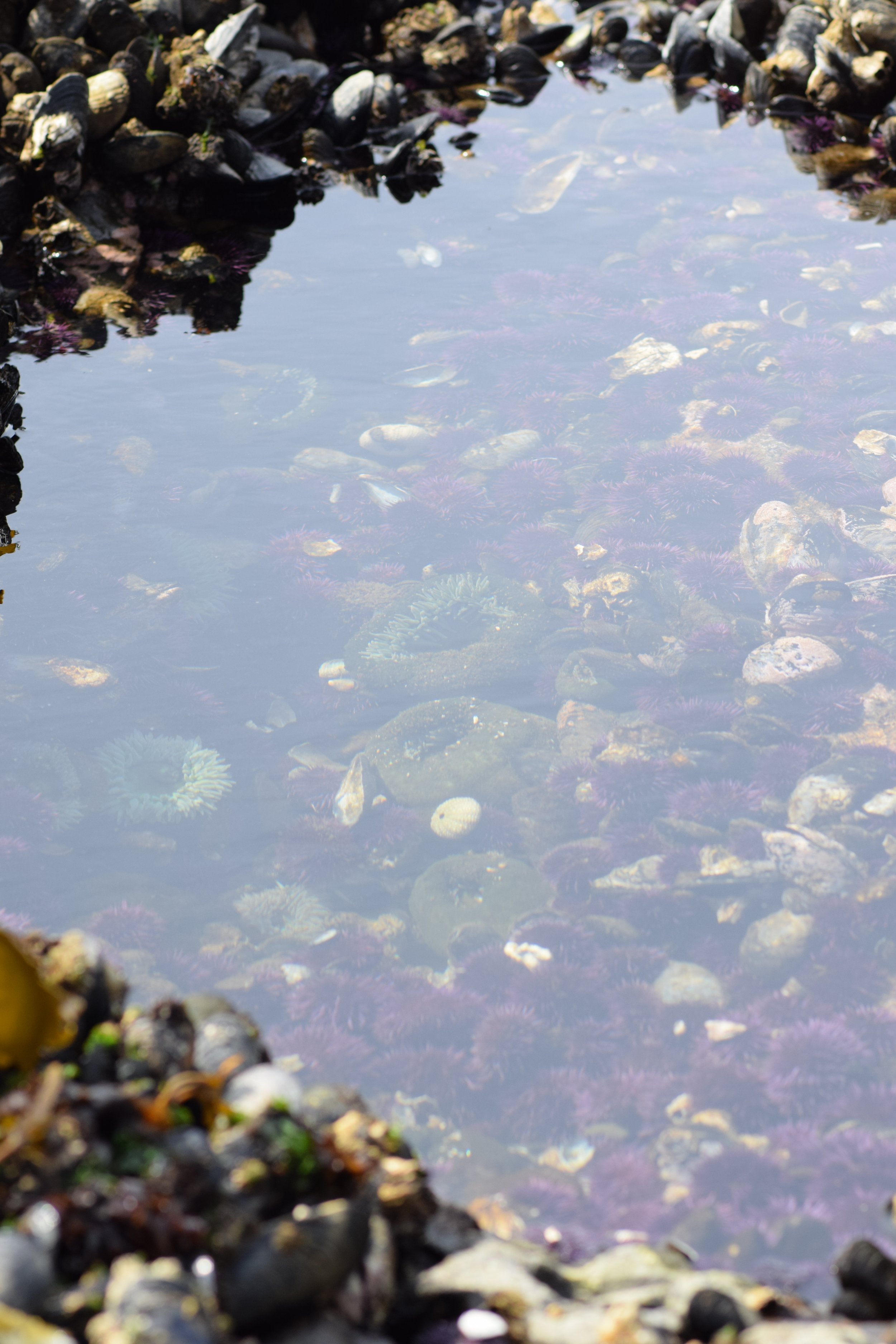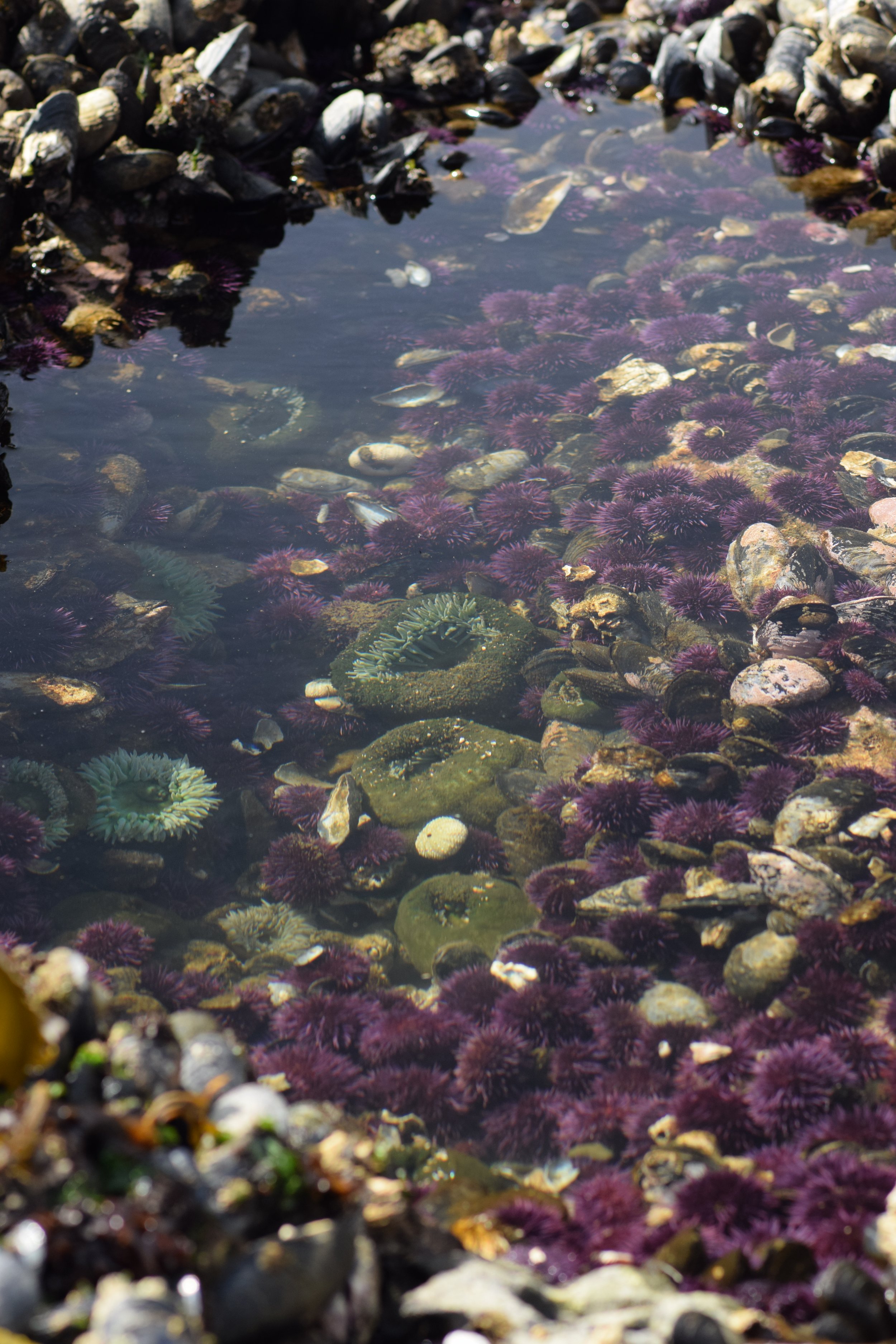by Sarah MacGregor, Assistant Educator
Image: Leafcutter Bee
One of my favorite parts of summer in British Columbia is the abundance of fresh fruit and vegetables — strawberries in June, blueberries in July, peaches in August and apples in September. The season would not be the same without it. Whether purchased from a store or farmers’ market, or picked from the backyard garden, many of the foods I love depend on pollination. For local wildlife it’s the same story, many animals eat (or eat animals that eat) plants dependent on pollinators. The world is a far more interesting (and delicious) place because of pollinators and I would prefer it stays that way.
When people think about saving pollinators, honeybees often come to mind. While keeping honeybees is a fun hobby that results in a tasty reward, honeybees are an introduced species in North America. Because of their agricultural management, honeybees are nowhere near extinction, and can even spread diseases to native bees.
I was surprised to learn that there are more than 480 native bee species in BC (with more still being discovered). Many of these species are facing threats such as pesticides, climate change, disease, and loss of food and nest habitats. Bees are not alone in their struggles, these threats also affect other native pollinators like butterflies, moths, beetles, flies, and hummingbirds.
The good news is that it's not too late to make a difference. There are ways that almost anyone can support pollinators and some may be easier than you think. (No garden? No problem. Read on!)
Swallowtail on Saskatoon Berry
Design a healthy habitat
If you have a balcony, patio, garden or green space you have the ability to recreate native habitat for pollinators. This is as simple as choosing to grow plants and flowers endemic to your area. Native flowers generally provide a much better source of food to pollinators than ornamental flowers. Many pollinators also rely on native plants for their eggs and nests. Planting native plants is a practical choice. They are more adapted to the climate and require less water and maintenance! To learn more about native plants in our area and the aquarium’s pollinator garden you can read last month’s blog here.
Image: Sweat Bee
Provide space for nesting
Mason bee homes have grown in popularity in recent years. While these are cute, they require a surprising amount of work to properly maintain in order to have them be more helpful than harmful. Fortunately, there is a much easier solution. You can create ideal bee nesting sites by drilling holes in a snag, leaving logs and stumps, or cutting the tops of shrubs with stems that bees can easily hollow out (think raspberry or sumac). Ground nesting bees, such as bumblebees, benefit greatly from having areas of loose sandy soil or unmulched areas under native bunch grasses or shrubs. Learn more here.
Image: Bug Snug
Leave the leaves — messy is good!
Ever wonder where pollinators go in the winter? Many of them are hiding in plain sight. Native bees and other insects often hibernate in or lay their eggs on, plant stems, leaf litter, or loose soil. Leaving these spaces untouched in the fall and into the spring means you are giving these little garden goers a better chance of making it through the winter. Leaving debris like sticks, leaves, or even spiderwebs in the spring can also benefit birds (like hummingbirds) and other small animals that use them to build their nests. You can have fun with it and build a bug snug, by gathering and layering sticks, leaves, tree cones, and dried plants you can create a place perfect for insects to feel snug as a bug throughout the winter. One of my colleagues, Kit, made a bug snug (image) with her family.
Image: Organic Tomatoes
Keep it organic
Pesticides don't discriminate when it comes to insects. Pollinating insects are negatively affected by pesticides; even landing on sprayed plants can cause difficulty navigating, reproducing, or death. By choosing to keep your yard pesticide free or choosing to buy organic foods when possible, you are benefiting not only insects but entire ecosystems. Pesticides have been found to have harmful effects on insect eating animals like birds and bats and even in aquatic and marine environments as a result of runoff. A reminder that everything in our environment is connected, from wasps to whales.
Image: Path at PKOLS
Do not disturb
While we can try to create good places for pollinators, some of the best pollinator habitats are areas that already exist. In these instances, we can give pollinators space. For example, by staying on the path in natural areas you prevent damage to ground nesting insects (like bumblebees) and avoid crushing delicate native plants. In urbanized areas, we can avoid disrupting pollinators in their daily routines by reducing confusing stimuli. Night time pollinators like moths can easily have their navigation disrupted by constant exterior lighting. During the day, pollinators like hummingbirds are at risk of striking reflective windows. An easy way to reduce window strikes is using window decals, stickers, or suncatchers across windows to break up the pattern of the reflection.
Image: Invasive Scotch Broom
Get rid of imposters
Not all plants or flowers are good for pollinators (or the environment). Invasive plants are introduced to a new habitat by humans and cause negative effects. Invasives can grow so much they take over habitat needed by native plants. Learning what plants are invasive in your region and how to properly remove them protects pollinators by ensuring the plants they really need have space to grow. In many regions of Greater Victoria there are volunteer groups removing invasives; a list for those you can join can be found here.
Reduce your impact
Climate change is negatively impacting pollinators. Increased extreme weather events can lead to serious habitat loss. Even subtle changes are having negative impacts. Increased spring temperatures mean earlier bloom times for flowers, leading to mismatched timing with the life cycles of their pollinators. We can reduce our carbon footprint by minimizing what we buy, the waste we produce, the energy we use at home, or work, and the emissions from our transportation. So next time you bring your reusable cup, turn off the lights, or walk to work, you can be proud that you are helping pollinators.
Image: Bumblebee
Learn — and tell others!
One of my favorite ways to help pollinators is to learn more about them! By understanding more about the lives and needs of pollinators we gain more than just knowledge. We gain appreciation for these incredible animals. Go out and learn something new and share it with others, create a buzz!
It’s as easy as sharing this blog. Or stop by the aquarium to check out our current exhibit “Wild Allies: Native Plants and Pollinators”.
Exhibit on through mid-2026.


